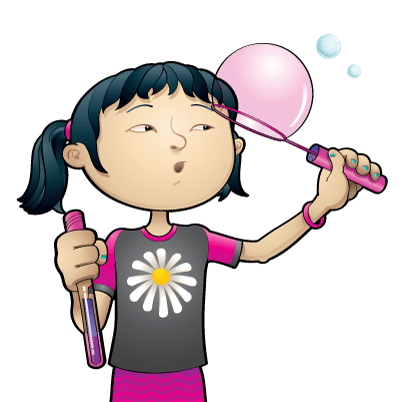Warm weather means it is a great time to explore the outdoors. Outside play is a wonderful opportunity to work on early intervention (EI) outcomes. For example, consider the fun warm weather pastime of blowing bubbles. Infants and toddlers love to see bubbles magically fly from a bubble wand. Did you know that when you are blowing bubbles you are working on many skills, including:
Oral motor skills
Blowing bubbles develops the small muscles in your child’s mouth as they pucker their lips and blow bubbles. Strengthening these muscles is important for developing their ability to form clear sounds when speaking and to eat and swallow safely.
Gross motor skills
Children can reach to pop bubbles and build hand-eye coordination as they reach. Walking toddlers and infants may follow the bubbles on their feet and practice their moving skills.
Eye tracking skills
Younger infants and toddlers learn to follow the bubbles with their eyes.
Vocabulary and concept development
As you talk to your children about bubbles, you expose them to words such as clear, soapy, float, and pop.
Cognitive development
When young children touch a bubble, it pops, giving them a chance to explore cognitive concepts such as cause and effect.
Joint attention
Smiling and laughing together builds strong relationships and helps children learn to connect with others and discover shared interests. Who can help but smile as bubbles float by?

